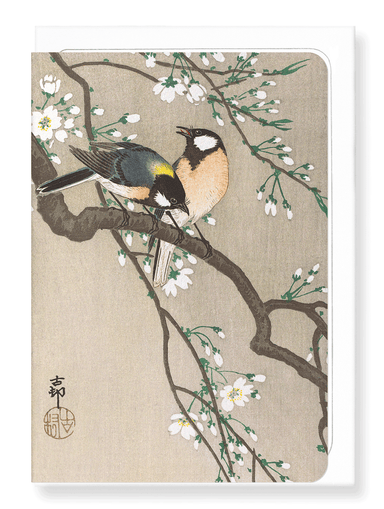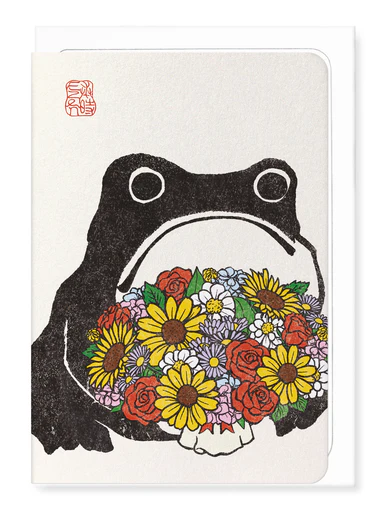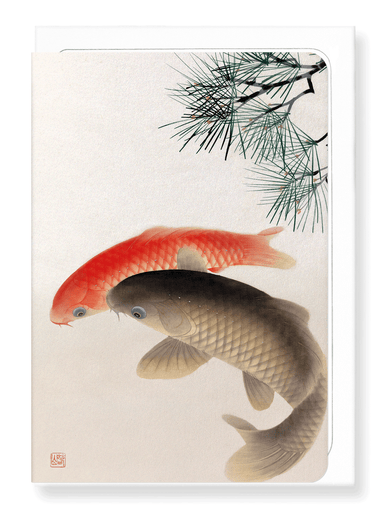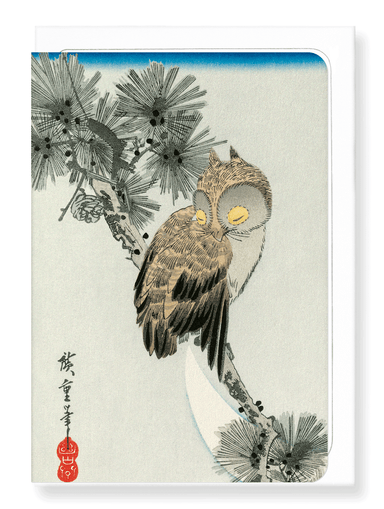Greeting card

FRENCH EZEN FROG
Text on the reverse side:A contemporary French adaptation of a Japanese woodblock print dating from 1814. The Japanese word for frog is “kaeru”, wh...
View full details



































